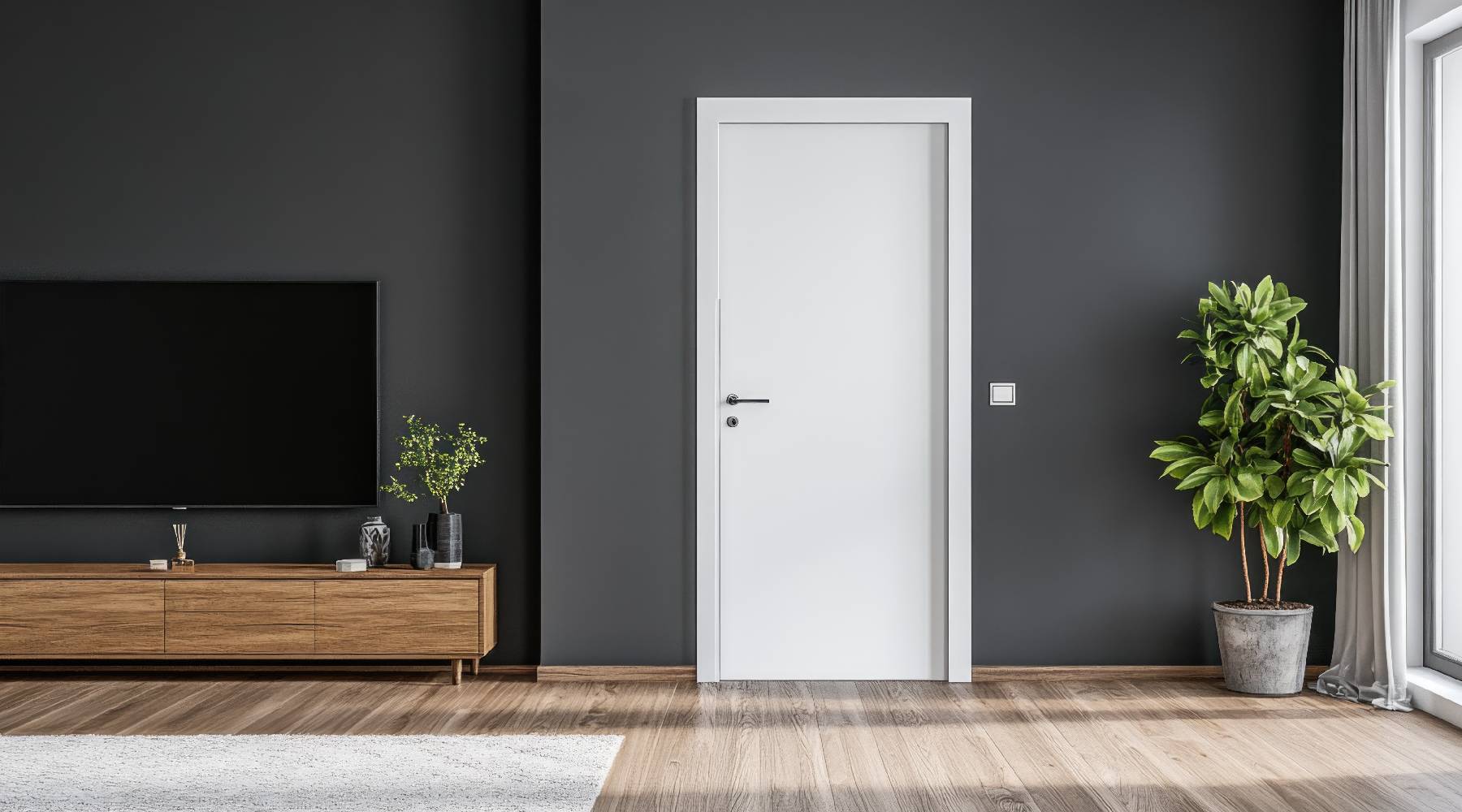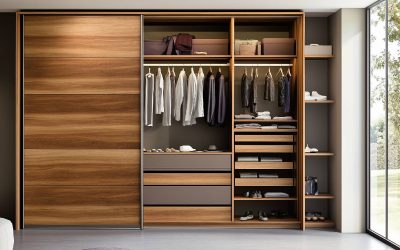
The Door Sustainability Showdown
In 2025, sustainability is a key part of the decision, It’s no longer just about how a door looks or how secure but also about how eco friendly it is. We’re looking closely at two of the most popular options of timber vs composite doors. Both have their pros and cons, but which is better for the planet?
The Environmental Impact of Timber Doors
Timber has long been the traditional choice for doors. It’s natural, solid, and can last a long time when properly maintained. From a sustainability angle, timber has a lot going for it but only if it comes from the right source.
FSC-Certified Timber
The Forest Stewardship Council (FSC) ensures that wood products come from responsibly managed forests. Using FSC-certified timber means trees are replanted, ecosystems are protected, and workers are treated fairly.
Recyclability and End of Life
When a timber door reaches the end of its life, it can be repurposed, recycled, or even composted in some cases. It’s biodegradable, unlike synthetic materials. That means timber is far less likely to end up in landfill.
Lifespan and Maintenance
A good-quality timber door can last 30 years or more with the right care. Timber needs regular sanding, painting, or sealing to protect it from rot, warping, or insect damage especially in Scotland’s damp climate.
The Rise of Composite Doors
Composite doors have grown massively in popularity over the past 10 years. They combine several materials – often a timber core with uPVC, glass-reinforced plastic (GRP), and insulating foam – to offer excellent strength, weather resistance, and energy efficiency.
Are Composite Doors Eco-Friendly?
It depends on how you define eco-friendly. Composite doors are made from a mix of materials, which makes them tricky to recycle at the end of their life. Unlike timber, they don’t break down naturally, and separating out the components is rarely cost-effective.
That said, composite doors are extremely durable and energy-efficient. A well-made composite door can last over 35 years with little to no maintenance. That means fewer replacements, less energy lost through drafts, and less waste over time.
Some manufacturers are now exploring more sustainable production methods. Recycled uPVC and eco-friendly foam cores are being introduced, but they’re not yet standard across the industry. When choosing a composite door in 2025, it’s worth asking what materials have been used and whether any part of the door is recycled or recyclable.
Timber vs Composite
One of the biggest sustainability factors is how well a door keeps the heat in. In Scotland, where heating bills can be high and winters long, this really matters.
Composite doors are known for their high insulation. The foam core acts like a thermal blanket, preventing heat from escaping and cold air from getting in. Most quality composite doors now have a high energy efficiency rating as standard.
Timber doors can also be efficient, especially if fitted with double or triple glazing and modern weatherproof seals. However, wood is more likely to expand or contract with moisture and temperature changes, which can eventually lead to gaps around the frame.
In short, composite doors tend to edge out timber when it comes to pure insulation.
Customer thoughts on sustainability in 2025
We’re noticing a clear trend where more customers want sustainable products, but they also want low maintenance and long lifespan. Many are asking about the carbon footprint of their door, or whether the materials can be recycled at the end.
While timber still appeals to those who value natural materials and traditional craftsmanship, composite doors are winning people over with their durability and ease of care. However, the lack of recyclability is a sticking point for some buyers who are serious about reducing waste.
There’s also growing interest in hybrid options. Some doors use sustainably sourced timber at the core but are clad in weather-resistant materials for extra durability.
Is timber or composite better for the environment?
If you choose FSC-certified timber and are willing to maintain it, you’re investing in a natural, renewable product that can be recycled or reused at the end of its life.
If you choose a composite door with good energy efficiency and a long lifespan, you’re reducing your home’s carbon footprint and avoiding regular replacements. But you’ll need to accept that it may end up in landfill eventually.
It often comes down to what matters most to you, either natural materials and end-of-life recyclability, or long-term performance and low upkeep.
How Finewood Doors Can Help
We’re committed to helping you make the right decision for your home and the planet. Our team can explain the materials, origins, insulation ratings, and end-of-life options for each door.
We believe it’s vital to provide honest, clear information so our customers can make an informed choice. Whether you’re refurbishing a Victorian home in Stirling or building a new eco-home in the Highlands, we’re here to help you find a door that fits your values.
Visit our showroom in Falkirk or explore our range online to learn more about the sustainable door options available in 2025.



